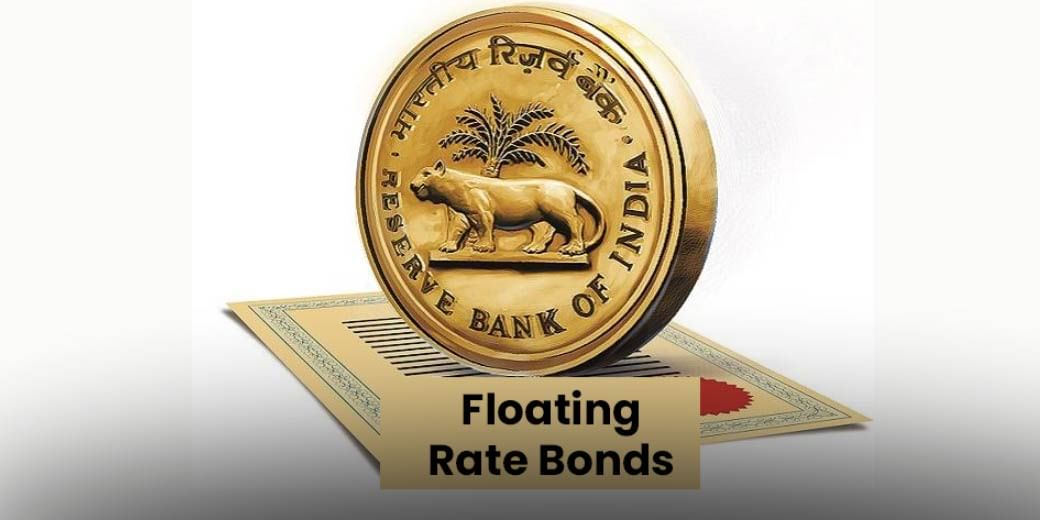Should you invest in RBI's Floating Rate Savings Bond?
Where and how to invest the amount received at the time of retirement? How can you get better returns? How is RBI's Floating Rate Savings Bond for investment? Which people should invest?

A person who retires after a long service usually gets a hefty amount as provident fund and grautuity. But after receiving the amount, he is unsure about where and how to invest this amount. The investment avenues for the senior citizens are limited with the Senior Citizens Savings Scheme being specifically designed for them. It allows investments up to 30 lakh rupees. For those with a higher sum, where can they invest for higher returns without any risks similar to the Senior Citizens Savings Scheme?
For such individuals, the Reserve Bank of India’s Floating Rate Savings Bond is a good option. This bond is issued by the government, ensuring complete security. Any Indian citizen, including NRIs, can invest in this bond. Minimum limit is 1,000 rupees and there is no maximum limit. The lock-in period for RBI’s Floating Rate Savings Bond is 7 years, and ordinary citizens cannot redeem it before this period. However, senior citizens, those above 60 years, can avail some benefits before maturity. Although penalties will apply for premature withdrawal within last 6 months of the holding period. The investor will only get 50 per cent of last six months’ interest.
Named as a floating rate bond, it doesn’t provide a constant return throughout the investment period. The government’s Small Savings Scheme, specifically the National Savings Certificate or (NSC), is considered a benchmark for determining the interest rate on this bond. The RBI’s Savings Bond offers 35 basis points higher interest than NSC. Currently, NSC provides a 7.7% interest rate, whereas the Floating Rate Savings Bond yields a return of 8.05%. The interest is paid into the bondholder’s bank account on January 1st and July 1st each year.
It’s essential to note that any changes in NSC’s interest rate will also impact the RBI’s Savings Bond. However, the bond is expected to offer 0.35% higher returns compared to NSC. Interest payments are made on January 1st and July 1st annually.
Now let’s see how you can invest in it:
Investing process in RBI Savings Bonds is very simple. RBI has authorized all public sector banks, private banks such as HDFC Bank, ICICI Bank, Axis Bank, and IDBI Bank to issue these bonds. Individuals, joint account holders, or guardians on behalf of minors can invest in these bonds at any time. You can invest both online and offline. You can also invest through the RBI website which is rbiretaildirect.org.in. you will need to complete the KYC process to start investing.
You won’t get any tax exemption on investment and maturity in RBI Savings Bonds. The interest earned on these bonds is added to the investor’s annual income. The investor is required to pay taxes on this income based on the tax slab. According to income tax laws, TDS at the rate of 10 percent will be applicable on the interest earned on the bond. TDS will be deducted only when the interest amount in a financial year is more than 10,000 rupees.
Tax and investment expert Balwant Jain has suggested that the Senior Citizens Savings Scheme is a good option for getting regular income after retirement. In this scheme, you can invest up to Rs 30 lakh. If the amount is higher, you can consider investing in RBI’s Floating Rate Savings Bonds. If you do not need the money immediately. You want to pass it on to your heirs, you can invest the similar amount in Nifty 50 Index Fund. Better returns can be expected on long-term investments in this fund.
So, for regular income after retirement, RBI’s Floating Rate Savings Bond is a good option. For those who do not fall under any tax bracket, this is a better means of investment. However, keep in mind that these bonds cannot be transferred or pledged. So, there bonds are not that liquid from this viewpoint. Therefore, you should think carefully and understand the basics of Floating Rate Savings Bonds investment before making any decision.